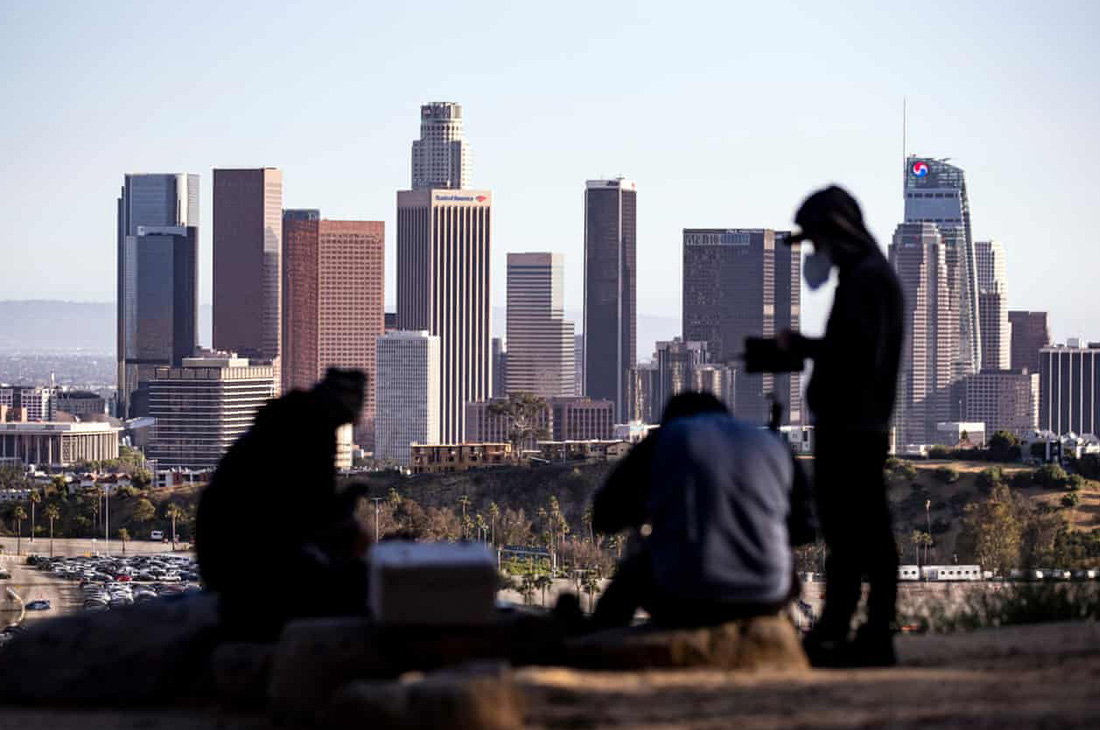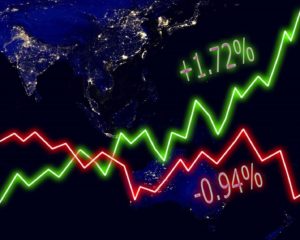After the great recession, the United States economy continues to grow for more than a decade. In modern United States history, current expansions of the U.S. economic expansion are the longest ones. Moreover, the level of unemployment fell to the lowest level in more than 50 years. Nevertheless, the levels of low unemployment create a medium-term risk for U.S. stocks.
It is a positive thing that unemployment continues to fall. Nevertheless, the question remains for how long it will fall in the future. As history suggests, unemployment will most probably fall than rising in 2020 or the following years.
Unemployment is intertwined with the weak stock market and recessions.
Low Employment Level
Nevertheless, it is very difficult to sustain the low employment level in the long run. The lowest level was when the number of unemployed people fell to 2.5% in 1953. It will be right to suggest that current unemployment might continue to decline and even fall below 2.5%.
For example, there is only one country in Europe, the Czech Republic, which has an unemployment rate below 3%. It indicates that the United States is getting close to the low-end of the unemployment range. Once we see these levels, there are only two options; the first option is that unemployment may rise, and the second one is that it will remain at the same level.
The problem with the first option is that when unemployment starts to rise, it will affect the stock markets. Moreover, one of the signs of a recession is rising unemployment. Thus, stock markets will suffer because of this fact, if unemployment does rise.
As a result, the current unemployment level is creating a medium-term risk for the stock market. There is a significant probability than unemployment might fall below 2.5%. Nevertheless, it can also signal the starting of the problems.













